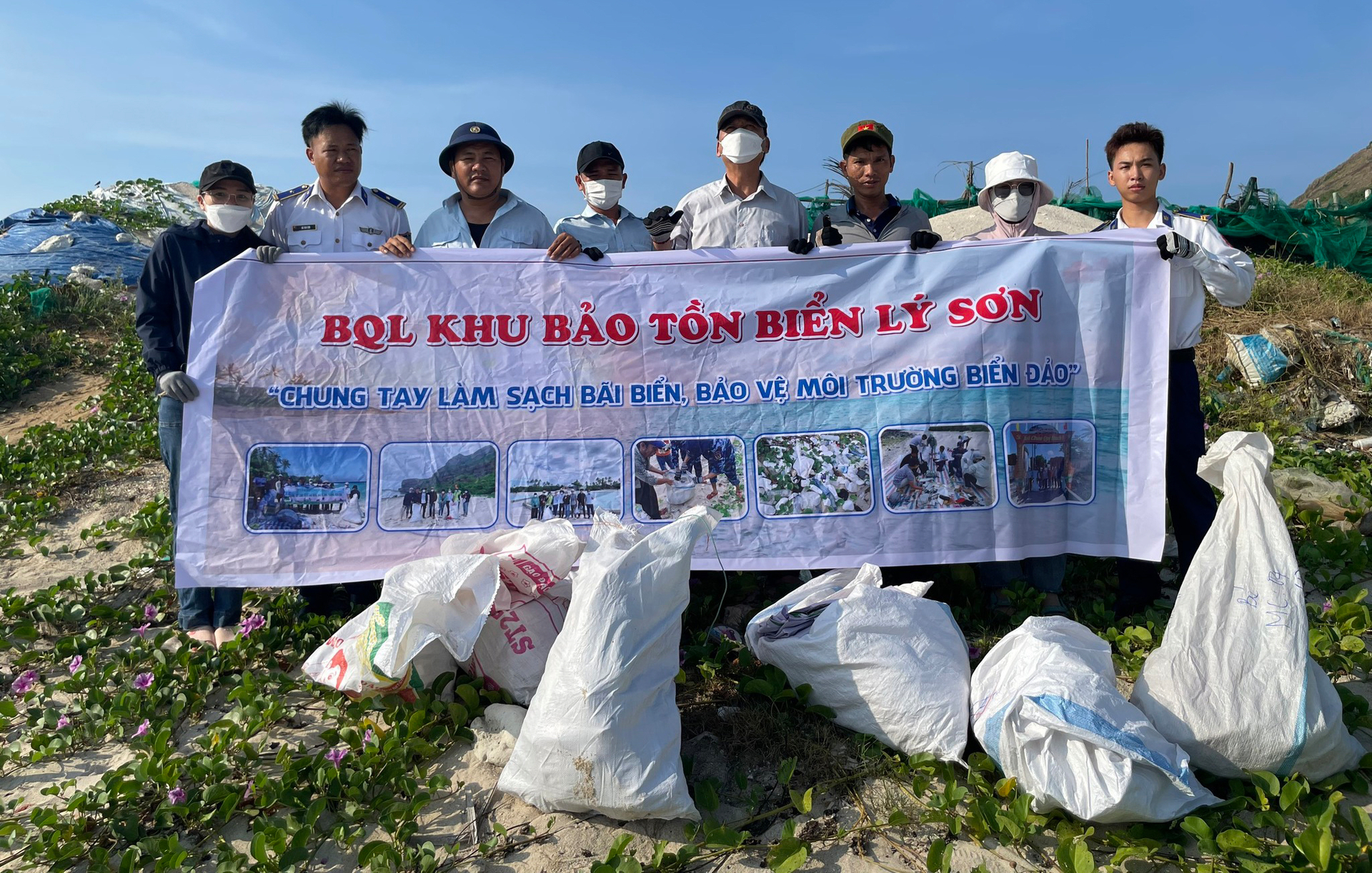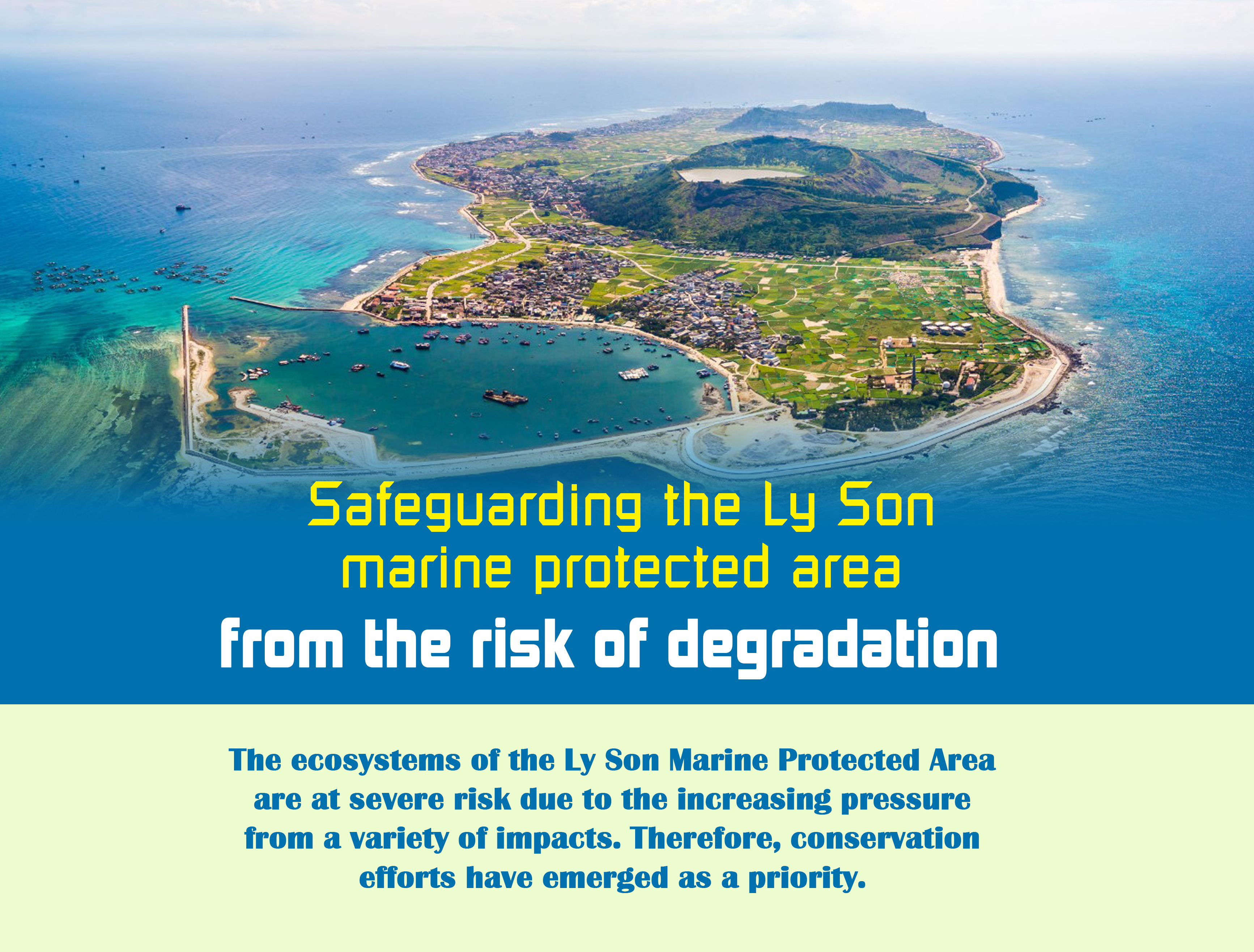
The Ly Son Archipelago (Quang Ngai Province) has been referred to as the "Kingdom of Garlic" for a long time and is closely associated with significant historical and cultural landmarks, such as the Hoang Sa–Truong Sa flotilla of centuries past. The surrounding waters are exceptionally abundant in biological resources, including coral reef, seagrass, and seaweed ecosystems, in addition to their cultural and historical significance. The establishment of a protected area in central Vietnam that is of strategic importance for the conservation of marine ecological systems is a direct result of the high biodiversity and abundance.
Domestic and international scientists conducted surveys of the waters surrounding the island between 2005 and 2007, which sparked the idea of founding the Ly Son Marine Protected Area. Research has discovered numerous reef fish species, mollusks, seaweeds, and seagrasses, as well as hundreds of stony coral species, that possess substantial ecological and economic significance. However, unsustainable fishing has resulted in the alarming state of local ecosystems, in addition to the development of tourism.
In response, the Vietnamese government initiated the gradual establishment of a conservation model with the support of international organizations such as the International Union for Conservation of Nature (IUCN), the United Nations Development Programme (UNDP), and the Global Environment Facility (GEF). The Quang Ngai Provincial People's Committee officially authorized the Ly Son Marine Protected Area in 2016, making it the 12th marine protected area in the country.
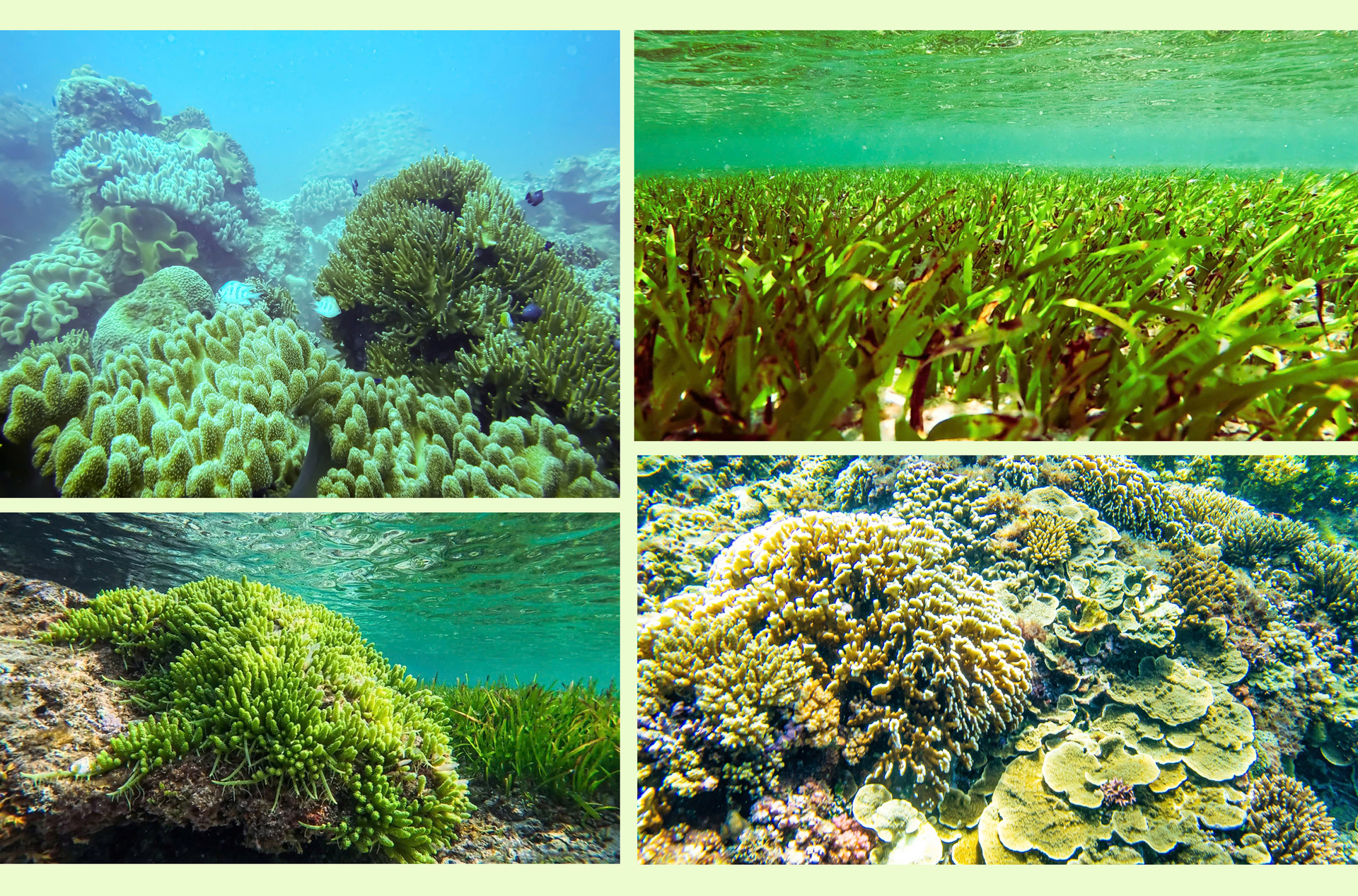
The Ly Son Marine Protected Area Management Board reports that the MPA covers a total of over 9,600 hectares, which are divided into four functional zones: a 620-hectare strictly protected zone, a 2,024-hectare ecological restoration zone, a 4,469-hectare development zone, and a buffer zone of approximately 2,500 hectares.
The zoning is designed to ensure the sustainable management and use of fisheries resources around Ly Son Island, as well as to maintain and protect marine resources, safeguard biodiversity, protect habitats, and preserve the environment. Additionally, it aims to create favorable conditions for economic and eco-tourism development.
The Quang Ngai Provincial People's Committee officially authorized the Ly Son Marine Protected Area in 2016, making it the 12th marine protected area in the country.
According to recent surveys conducted by the Institute of Oceanography and international organizations, Ly Son's waters are presently home to 157 species of hard corals from 15 families, including numerous species with high ecological value, including Acropora, Porites, and Montipora. The dense number of coral reefs in regions such as Hon Mu Cu, Bai Hang, and Bai Lang creates the perfect environment for the reproduction and survival of hundreds of reef fish species.
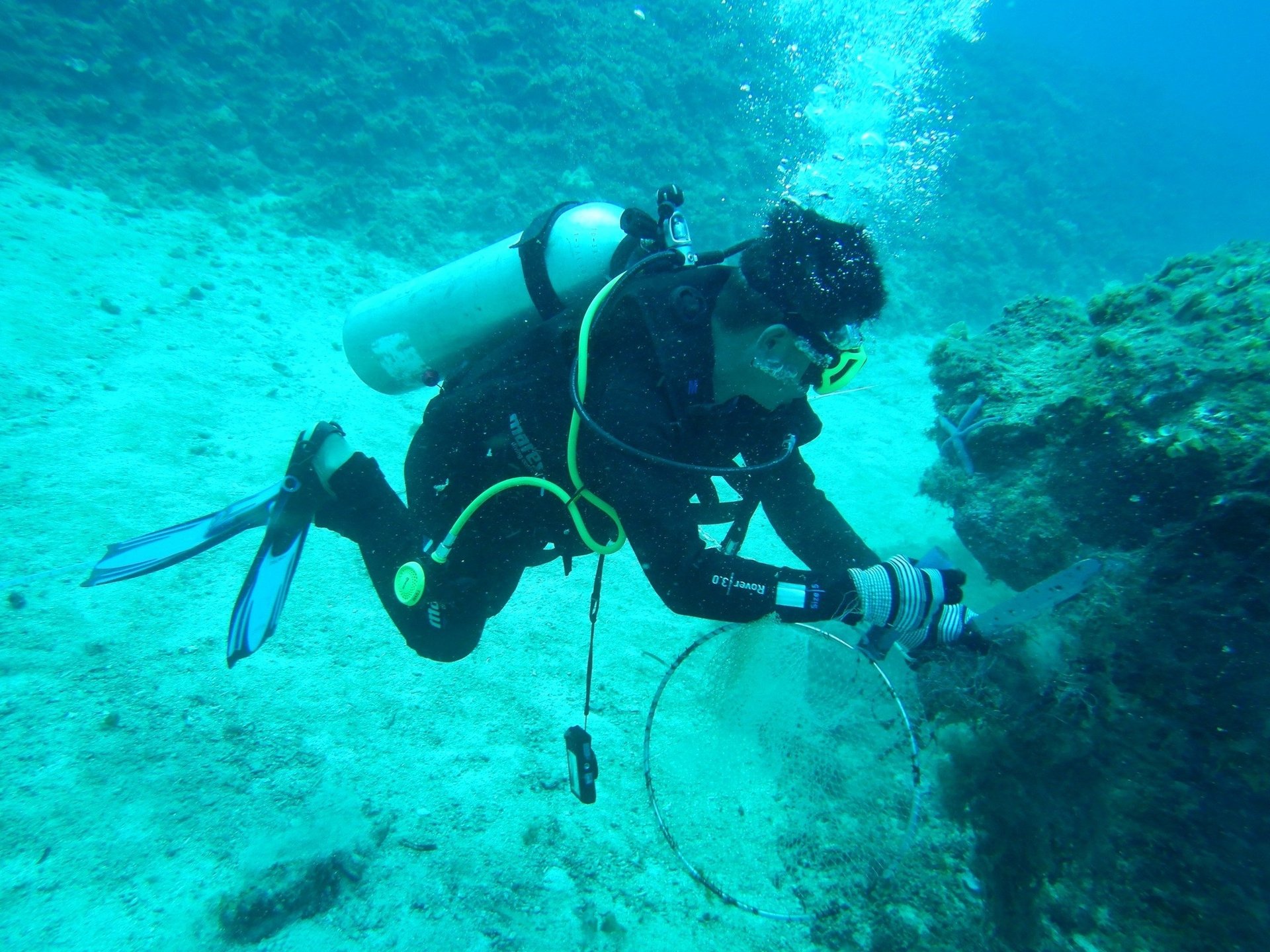
Ly Son's seagrass ecosystem is also noteworthy, in addition to coral. In the southeast of the island, there are approximately 60 hectares of seagrass beds that serve as natural nurseries for numerous benthic species. There are 35 species of seagrass and seaweed, as well as scores of mollusk and echinoderm species, including sea urchins, sea cucumbers, and starfish, that the scientists have identified.
According to a representative of the Ly Son Marine Protected Area Management Board, the region is home to over 260 reef fish species, including economically valuable groupers, snappers, rabbitfish, pompanos, and other species, in addition to coral and seagrass. This is the primary source of income for hundreds of inshore fishing households in Ly Son.
In addition to serving as a permanent habitat, the Ly Son Marine Protected Area serves as a "stopover" for numerous uncommon and endangered marine species that are designated in the CITES convention and Vietnam's Red Data Book. There are three sea turtle species in this group: the olive ridley turtle (Lepidochelys olivacea), the hawksbill turtle (Eretmochelys imbricata), and the green turtle (Chelonia mydas). In addition, the region is home to massive clams, which are able to surviving for decades and are essential for the purification of seawater.
The abundance of marine ecosystems is not only a valuable resource for sustainable harvesting, but also a foundation for eco-tourism, environmental education, and scientific research.
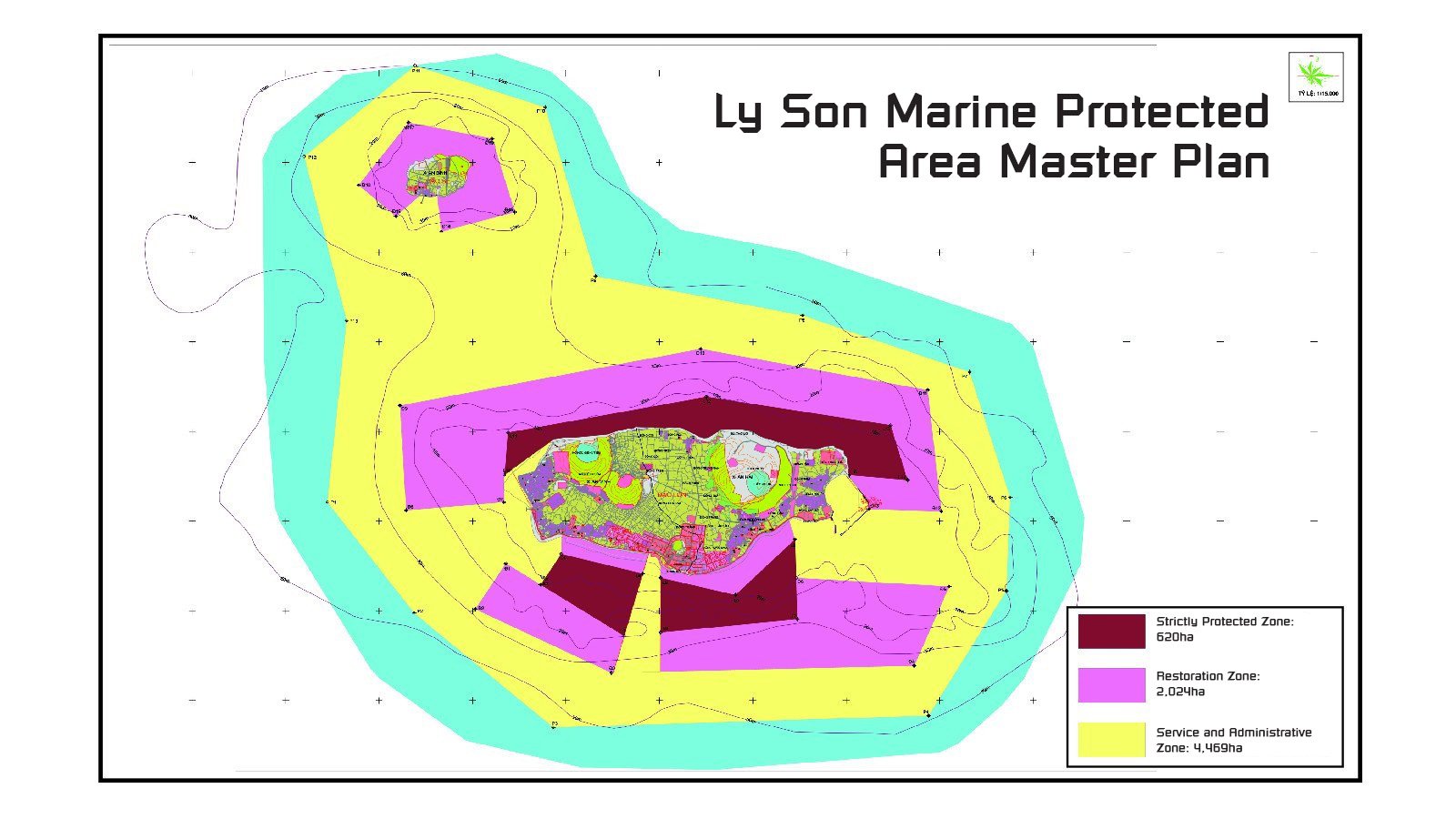

The biodiversity of the Ly Son Marine Protected Area has experienced a significant decline in recent years. Before 2020, the coral cover in critical reefs like Hon Mu Cu, Bai Lang, and Bai Hang varied between 45 and 60%, according to Director Huynh Ngoc Dung. This had decreased to approximately 25–30% by 2024.
Dead rock structures now dominate numerous regions that were previously densely populated with coral. The main reasons are widespread coral bleaching as a result of seawater temperatures exceeding 30°C, as well as physical damage from boat anchors, shoreline construction, and destructive fishing methods like electric fishing. The destruction of coral reefs results in the loss of reproductive and shelter grounds for abundant reef fish, which in turn causes the entire food chain to collapse.
“Not only coral, but seagrass beds in the protected area are also shrinking. The 60 hectares of seagrass in Ly Son are gradually disappearing due to land reclamation, coastal tourism construction, and shoreline erosion. The seabed's devastation has resulted in the loss of the ability of numerous seagrass areas to regenerate. This directly affects the food sources and shelter of many marine species, including rare ones,” Dung said.
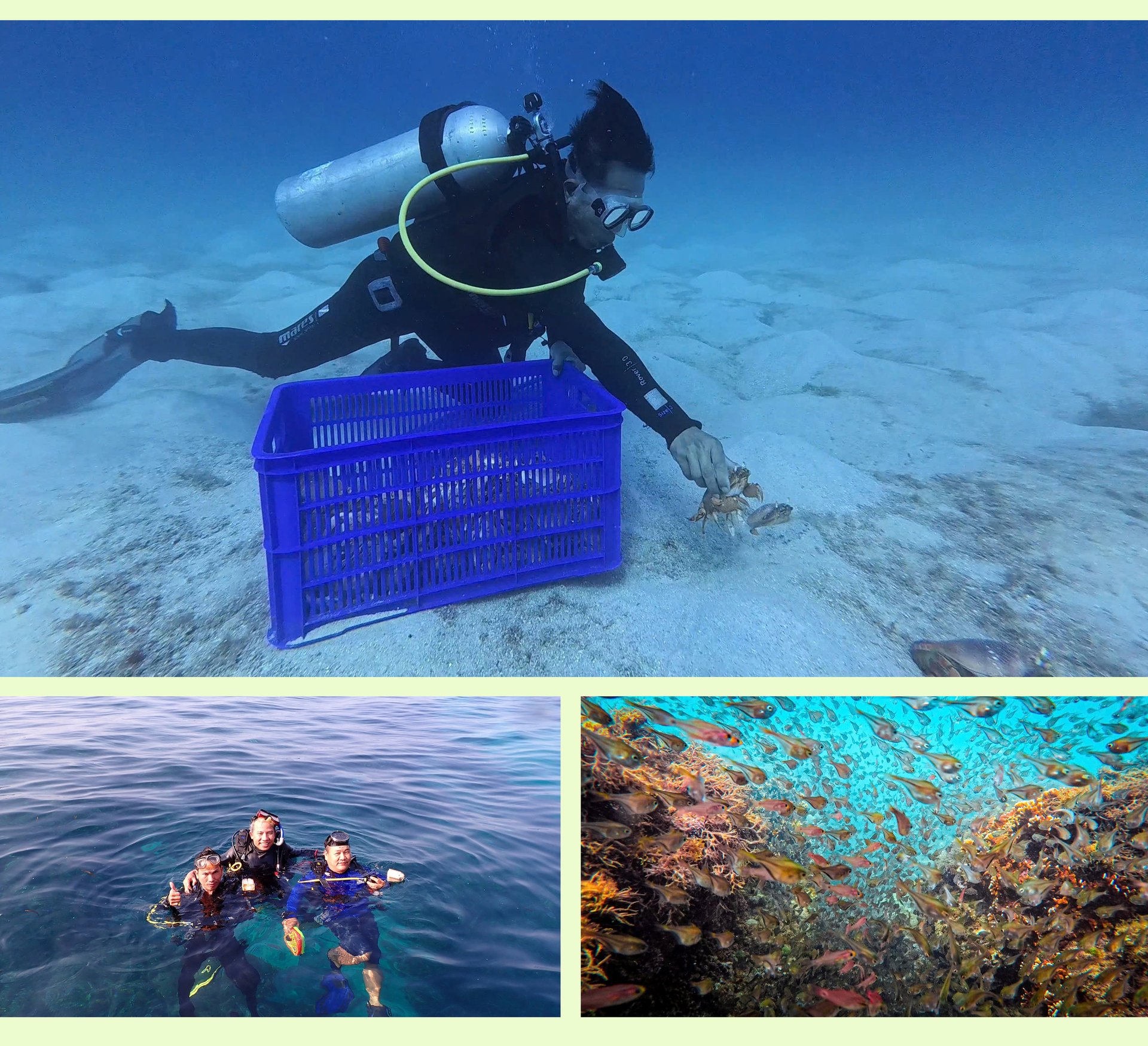
The ecosystem in Ly Son's protected area is currently undergoing significant degradation as a result of human activity and climate change.
Dung also noted that massive clams and sea turtles (hawksbill, olive ridley, green turtle) are now uncommon, despite their former popularity. In recent years, sea turtles have almost never been recorded nesting on the island’s sandy beaches, as breeding grounds are no longer safe due to light pollution, noise, and tourism pressure. The primary causes of the over 80% decrease in giant clam populations from 2010 to 2015 are illegal harvesting and contamination.
Storms and typhoons are significant factors in addition to fisheries and tourism pressure. More than 10 tropical depressions and cyclones strike Ly Son's waters annually. In 2009, Typhoon No. 9 (Ketsana) caused extensive damage to coral reefs by driving large coral slabs ashore and eroding roughly 40 hectares of coastline. Rising sea temperatures and an increasing frequency of coral bleaching have exacerbated the situation due to global climate change.

"Population pressure is an additional factor that must be considered." Ly Son Island, which spans approximately 10 square kilometers, is home to over 24,000 inhabitants, which is one of the greatest population densities among Vietnam's islands. Education levels are inconsistent, and environmental consciousness remains inadequate. With over 540 boats, hundreds of motorized coracles, and more than 1,000 inshore fishermen, fishing is the livelihood of more than 50% of the population. Direct destruction of seabed habitats is still occurring through nearshore trawling that employs electric shock, according to Dung.
Sand extraction for garlic and onion farming in Ly Son is a distinctive issue, resulting in beach erosion and the obliteration of seagrass beds that are exclusively able to develop on sandy or sandy-mud substrates. This process requires an average of over 150,000 cubic meters of sand per year. Compounding this is the fact that the strictly protected zone surrounds the island, but it is also the main area for economic activity, boat anchoring, festivals, and boat races, making conservation work more complicated due to conflicts of interest.
The marine ecosystem of Ly Son is currently in a state of red alert as a result of the combination of these factors. In the absence of essential restoration measures and close collaboration among conservation organizations, authorities, and the community, the ecosystem may be unable to recover.
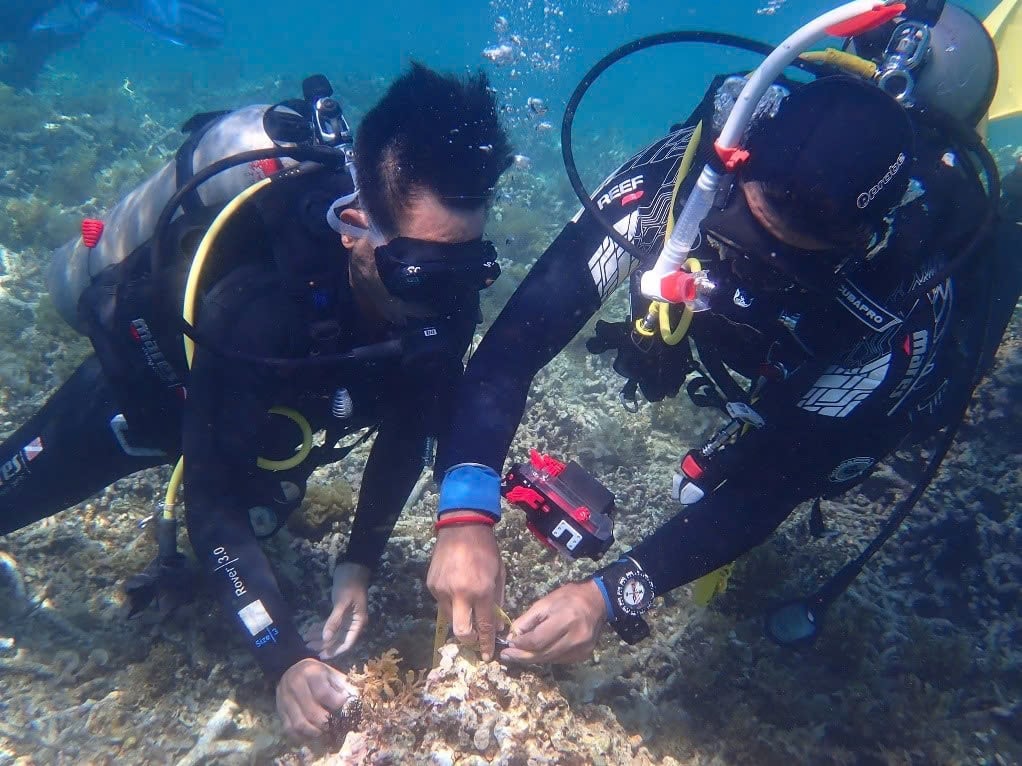

The Ly Son Marine Protected Area Management Board has been working to enhance patrols, controls, and public awareness campaigns in recent years to mitigate the negative effects on the ecosystem, in recognition of these risks.
According to Director Huynh Ngoc Dung, the unit collaborates with the coast guard and border guard on a regular basis to monitor and address violations within the protected area. To date, the management board has coordinated with authorities on more than 200 patrols, detecting 501 violating vessels, fining 19 cases a total of 234.25 million VND, and educating and warning the rest.
Besides conducting sea patrols, the board also employs personnel to monitor fishing activities and vessel movements around the island in order to prevent illegal exploitation. It is a systematic process to provide legal education on marine conservation to fishery communities, with an average of six classes per year. These are not just about regulations but also include open discussions, Q&A, and guidance on effective fishing while protecting long-term livelihoods.
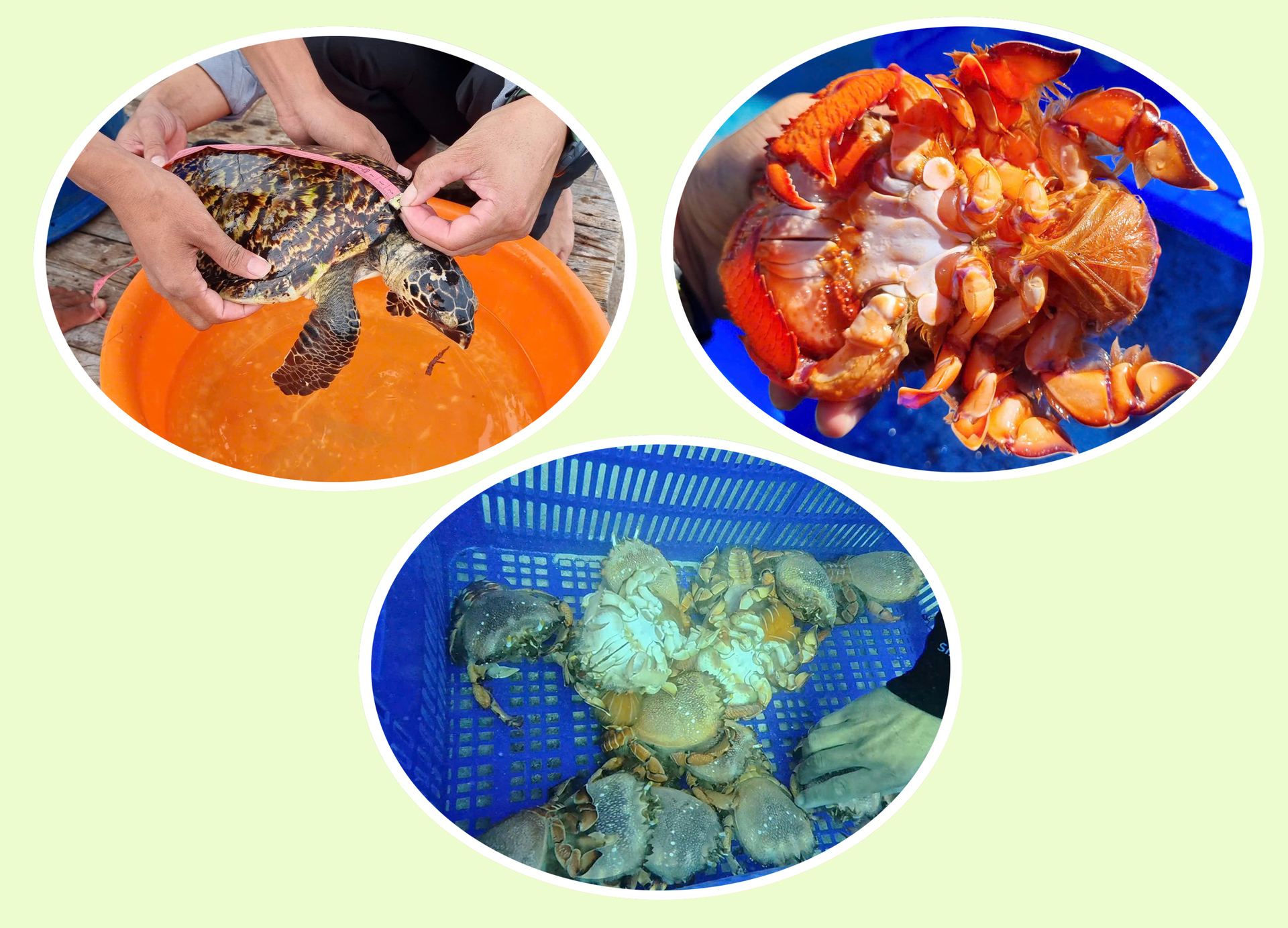
Furthermore, the management board coordinates practical efforts, including beach cleanups, with authorities and fishermen. The collection of foam debris, plastic bottles, bags, and nets restores clean beaches and conveys the message "From Awareness to Action": learn the law to protect the sea and take immediate action to make it cleaner.
Outreach also targets younger generations by organizing contests to "Create Products from Plastic Waste," teaching students about marine conservation, and protecting sea turtles. A fishing vessel shelter port and Ben Dinh Port have both installed two billboards that promote sea turtle conservation. Sea turtle rescue manuals are disseminated directly to fishers, and posters are displayed on fishing boats, in offices, and in residential areas.
“In 2025 alone, we organized a legal awareness conference combined with a cleanup of more than 2 km of coastline, collected over 50 kg of marine waste from coral reefs, and released 35 egg-bearing spiny slipper lobsters into the ecological restoration zone. This both helps regenerate valuable fisheries and spreads the love and responsibility for protecting the sea to the community,” Dung said.
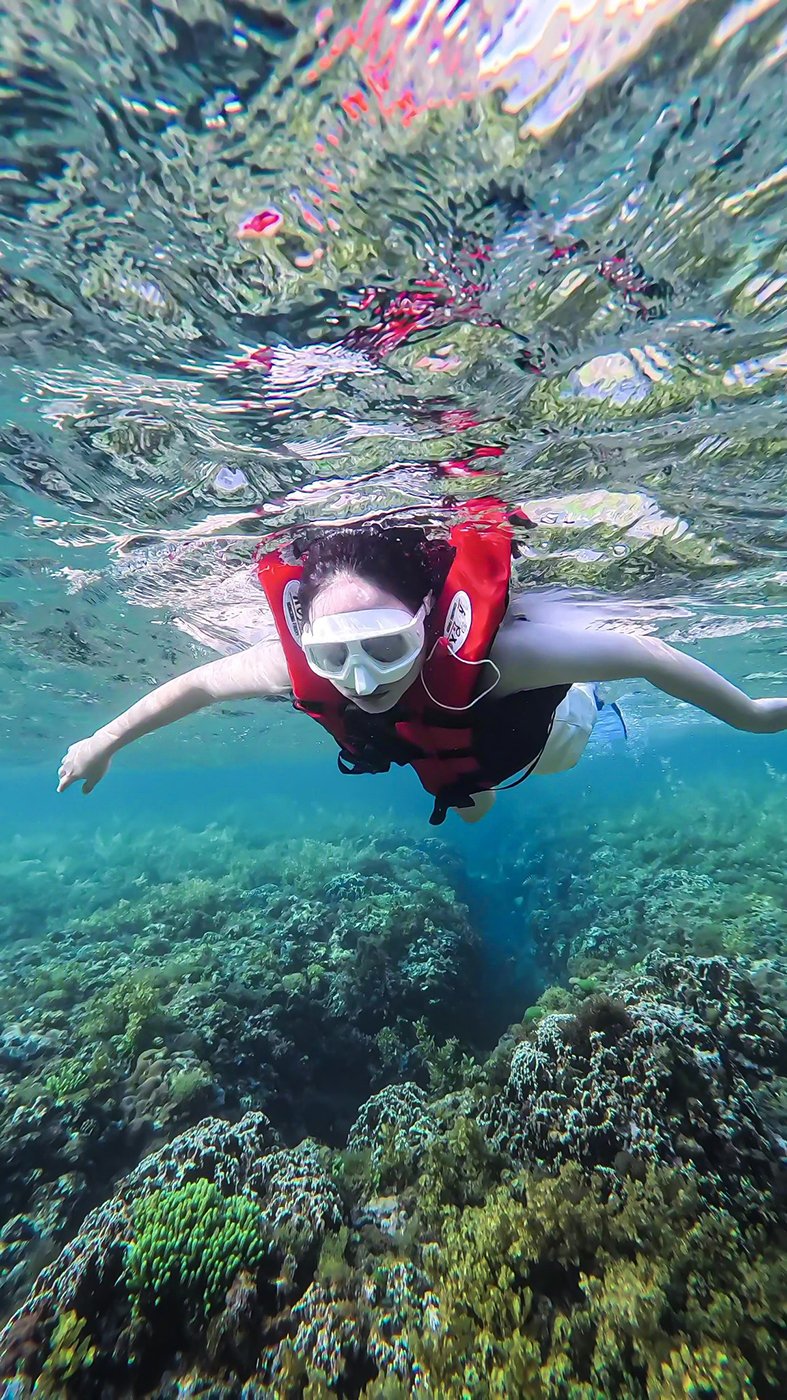
The council is also actively involved in the conservation of biodiversity and scientific research. In 2025, it is investigating the distribution, assessing inventories, and proposing management solutions for bong bong seaweed, a species endemic to Ly Son’s waters. Staff have been trained in deploying new technology for coral reef monitoring and are already using it to collect management data.
Rare marine organisms are the focus of special attention. On May 5, 2025, the board, in cooperation with fisherman Ngo Van Minh from Tay An Vinh village, effectively rescued a 12-kg green turtle entangled in a ghost net, injured in all four flippers. After first aid, treatment, and rehabilitation, the turtle was safely released back into the sea.
“Although the management board and local authorities are very determined to protect marine resources in the protected area, there are still many challenges,” Dung said. “We have to both carry out conservation and deal with the impacts from economic development and local livelihoods. Without sustained cooperation between authorities, enforcement forces, and the community, these efforts may not be enough to alter the situation.”

As marine ecosystems confront increasingly severe impacts from climate change, pollution, and over-exploitation, defining a clear development direction for the Ly Son Marine Protected Area is essential to protect its unique natural values while ensuring sustainable livelihoods for island communities.
A representative of the Ly Son Marine Protected Area Management Board said that in the near future, the unit will follow a model linking conservation with livelihoods and the community, focusing on improving management effectiveness, restoring marine ecosystems and biodiversity, and strengthening communication and education to change perceptions among locals and visitors.
According to Nguyen Duc Binh, Deputy Director of the Quang Ngai Department of Agriculture and Environment, the development of a management plan for the Ly Son MPA with a vision for 2030 is imperative in order to mitigate risks. This will resolve emerging issues during implementation and establish the fundamental framework for the preservation of biodiversity in the region.
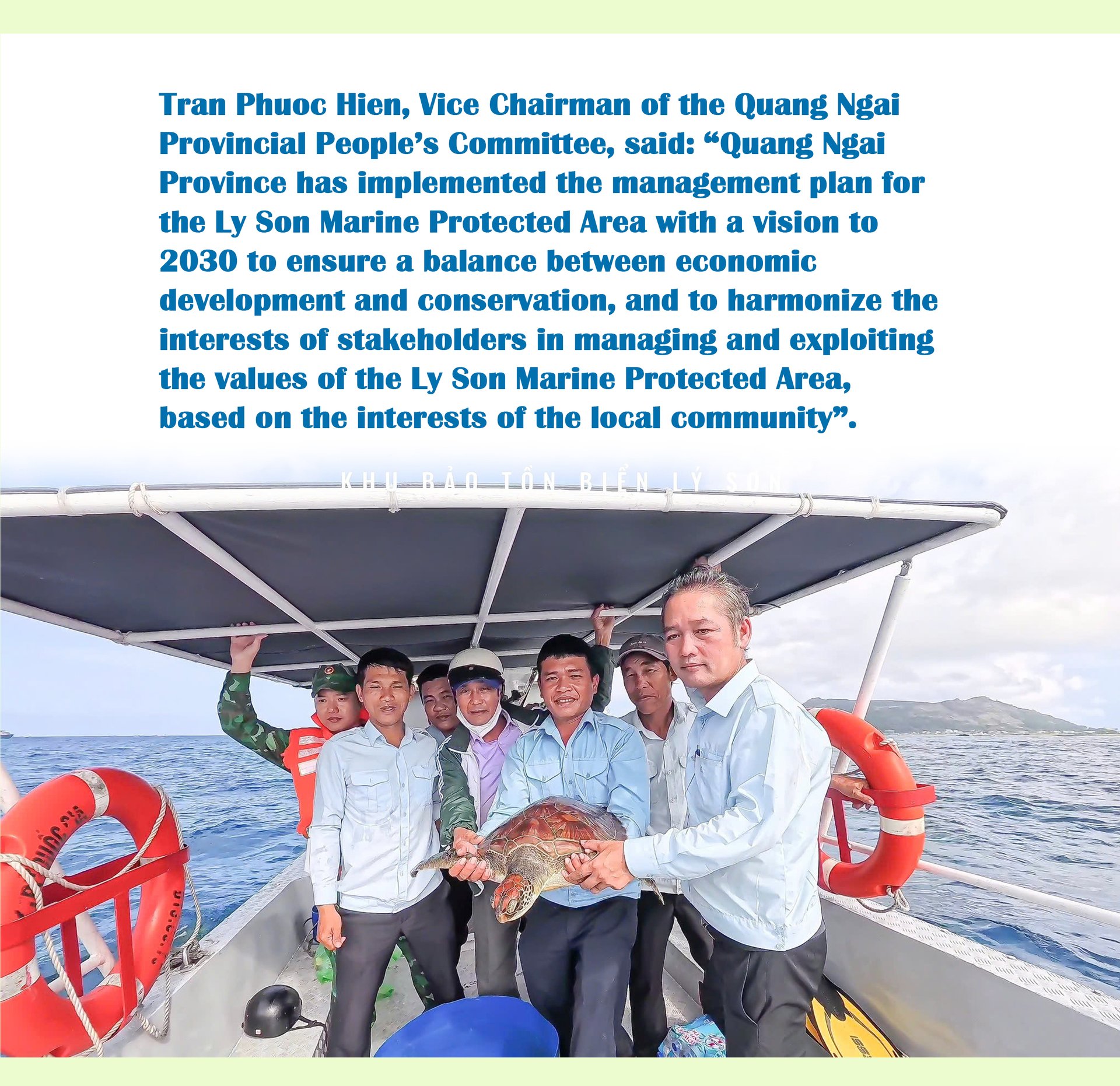
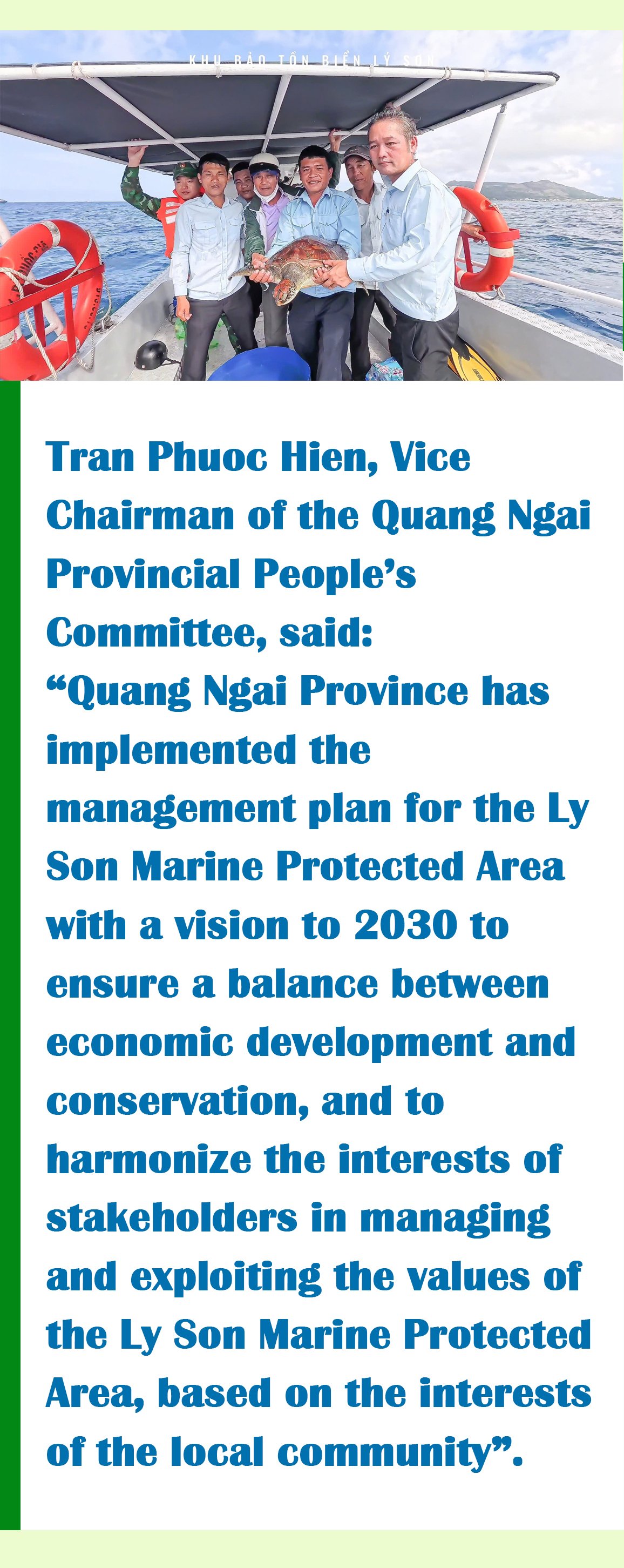
Quang Ngai Province has recently approved a plan that aims to manage, protect, and conserve natural resources, the environment, and biodiversity; safeguard cultural heritage sites; reasonably exploit and promote the area's values; improve the quality of life for communities residing in and around the MPA; and support sustainable eco-tourism development in Ly Son, as per the department's guidance.
The objective is to achieve the following by 2030: a live coral cover of approximately 30%, a seagrass and seaweed ecosystem that spans 70 hectares, the prioritization of endangered and rare species at risk of extinction under the IUCN Red List and Vietnam's Red Data Book, and the involvement of 100% of tourism businesses in Ly Son in conservation, environmental protection, and eco-tourism within the MPA.
Binh stated that in order to effectively accomplish these objectives, the province must urgently develop and finalize institutional frameworks, research, conserve, regenerate, and restore ecosystems, raise public awareness about biodiversity conservation in relation to environmental protection and climate change adaptation, enforce the law, and support job transitions for sustainable community livelihoods.
